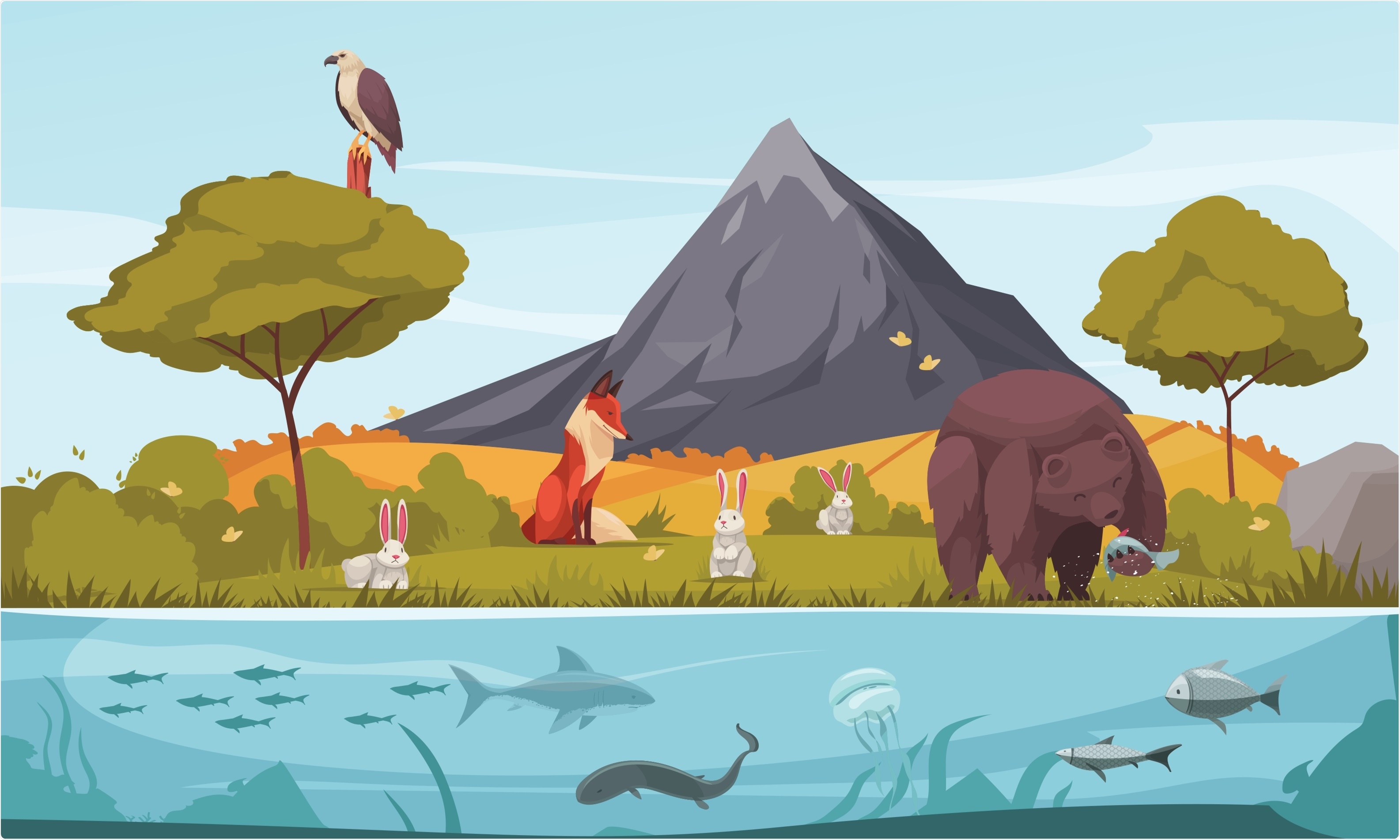Animal diversity is interesting, but how does their genetic material, or genome, represent this? Is it possible to distinguish animals based on their genetic information, and possibly even make predictions about how that information evolves over time? Since the beginning of the “genome era” in 2000, when the human genome was sequenced for the first time, this has been of great hope.

Image Credit: Macrovector/Shutterstock.com
Scientists now have access to tools that can disclose the whole sequence of the chromosomes that make up the genome, more than 20 years later. Researchers could only investigate tiny chromosomal pieces before.
The researchers compared chromosomes from several animal species in their recent study. Their finding was that all animal species had almost identical chromosomal units. These chromosomal units, also known as “elements,” have stayed consistent throughout evolution, allowing practically any animal’s genome to be described exactly by a list of these fundamental building blocks.
Genomic diversity through mixing of these elements
These chromosomal elements stay stable throughout evolution, although they can combine in a variety of ways. The scientists were able to categorize these mixes and derive general rules that may be represented as simple mathematical formulae. Until then, scientists could only tell how many chromosomes an animal had, not which ones it had or the evolutionary history of chromosomes.
So now, for example, we can break down each human chromosome into its elements using algebraic notation. Then we deduce what happened to these primordial elements in different species and genera such as corals, molluscs, birds and many others, and what new chromosomes these elements had assembled into.”
Oleg Simakov, Molecular Biologist, University of Vienna
Mixing of elements is irreversible
Another result of the study is that once individual chromosomal fragments have mingled together to form a new chromosome, they never recover to their previous, distinct condition.
Such events are irreversible in evolution and every group of animals - from corals to humans - has such unique combinations that will forever distinguish the descendants of these groups and set these groups apart from others.”
Oleg Simakov, Molecular Biologist, University of Vienna
The researchers were also able to pinpoint the origin of numerous animal chromosomal components, demonstrating that just a handful of these elements exist in the single-celled creatures most closely linked to animals, implying that many of these elements only developed in the very first animals. Why are the chromosomal elements so well preserved, what function does element mixing play in evolution, and many more problems remain unanswered and under investigation.
Source:
Journal reference:
Simakov, O., et al. (2022) Deeply conserved synteny and the evolution of metazoan chromosomes. Science Advances. doi.org/10.1126/sciadv.abi5884.